Select Language
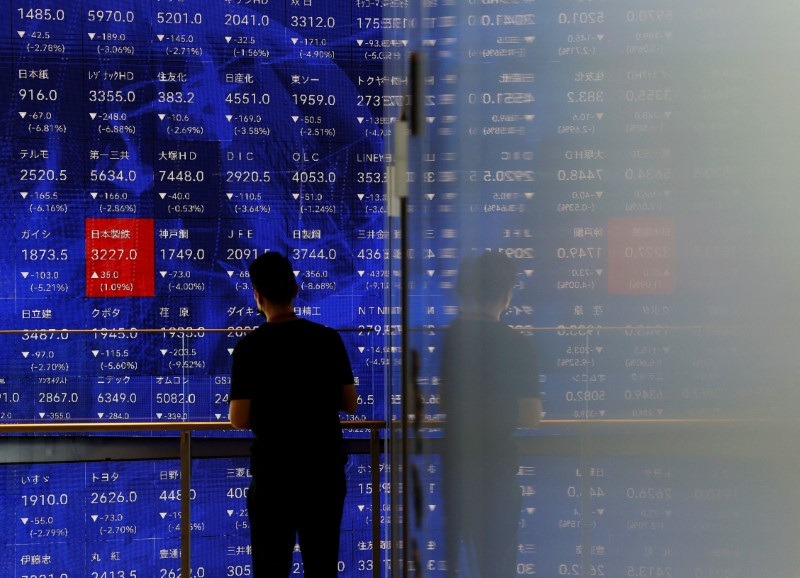
By Ankur Banerjee
SINGAPORE (Reuters) -Japanese shares led Asia higher on Tuesday with the yen on the back foot, ahead of a slew of data this week, including on U.S. inflation, which will help investors gauge the Federal Reserve's policy outlook after volatile markets last week.
Oil prices eased after a 3% jump on Monday as investors kept a wary eye on the risk of a widening conflict in the Middle East that could pinch global crude supplies. Demand for safe-haven assets lifted gold, although they slipped a bit on Tuesday. [GOL/]
Japan's Nikkei rose more than 3% following a holiday on Monday, a welcome relief after last week's wild swings that began with a massive sell-off spurred by a rising yen and fears of a U.S. recession. (T)
MSCI's broadest index of Asia-Pacific shares outside Japan rose 0.15% to 556.55. Chinese stocks edged down while Hong Kong's Hang Seng Index ticked up 0.1%.
European stock markets were due for a higher open, with the Eurostoxx 50 futures up 0.3% and FTSE futures 0.26% higher.
"While aftershocks might reveal vulnerabilities, we continue to view recent volatility as being an equivalent of a 'heart palpitation' not a 'cardiac arrest'," Viktor Shvets, head of global desk strategy at Macquarie Capital said in a note.
"We also maintain that the nervousness about a U.S .slowdown is overdone."
However, investor sentiment remains fragile. The yen dropped 0.34% to 147.72 per dollar on Tuesday, having touched a seven-month high of 141.675 on Monday last week, a far cry from the 38-year lows of 161.96 it was rooted to at the start of July.
A Bank of Japan rate rise last month following bouts of intervention from Tokyo earlier in July wrong-footed investors and led them to bail out of popular carry trades, which use the currency of a low-rate market to fund investments with higher returns.
The latest weekly data to Aug. 6 showed that leveraged funds - typically hedge funds and various types of money managers - closed their positions in the yen at the quickest rate since March 2011.
Given the yen's recent rally, dollar-yen is now more in sync with its yield differential, according to Karsten Junius, chief economist at Bank J. Safra Sarasin.
"Another wave of the yen-funded carry trade unwind will likely push the yen still somewhat higher towards year-end. Yet we do not expect USD-JPY to fall meaningfully below 140."
DATA HEAVY WEEK
Data this week will help sharpen views on the Federal Reserve's next moves. Markets are evenly split between a 25 basis-point cut or a 50-bp cut at the next meeting in September.
Traders are pricing in 100 bps of cuts this year.
Surprisingly soft payrolls data stoked U.S. recession worries and kicked off the market meltdown at the start of last week. But strong U.S. data helped allay fears of a global slowdown, and stocks recovered by the end of the week.
U.S. producer price data for July is due later on Tuesday. The figures could feed through to the core personal consumption (PCE) measure favoured by the Fed.
Any hints from the PPI of soft inflationary pressures could cause financial markets to double down on wagers the Fed will sharply cut rates this year, which would weigh on the dollar, said Kristina Clifton, a senior economist at Commonwealth Bank of Australia (OTC:CMWAY).
On Wednesday, U.S. consumer price index data for July is due and is expected to show that month-on-month inflation ticked up to 0.2%. Retail sales data is scheduled for Thursday.
The dollar index, which measures the U.S. currency against six rivals, was 0.04% higher at 103.12. The euro was steady at $1.0940, while sterling was up 0.1% at $1.2778.
In commodities, Brent crude futures eased 0.67% to $81.75 a barrel, while U.S. West Texas Intermediate crude futures slipped to $79.59 a barrel, down 0.59%. Brent had gained more than 3% on Monday, while U.S. crude futures had risen more than 4%. [O/R]

By Seunggyu Lim
SEOUL (Reuters) - South Korea plans to announce guidelines to encourage the use of an alternative benchmark in its $4.3 trillion interest rate swap market and replace Certificate of Deposit (CD) rates that currently dominate transactions, two sources said.
The Bank of Korea and the Financial Services Commission are working on transaction guidelines to supplant CD rates with the Korea Overnight Financing Repo rate (KOFR), and at the same time introduce the KOFR-linked Overnight Index Swap market, the sources who were familiar with the matter said.
"The BOK and the FSC will make clear their intention to restrict the use of the CD interest rate when conducting future interest rate swap transactions, although they won't talk about any specific schedules to phase it out," one of the sources told Reuters, asking not to be named due to the sensitivity of the matter.
With the global cessation of the London interbank offered rate, South Korea has been working to develop alternative reference rates locally and address fluctuations in CD rates arising from changes in CD issuances.
In South Korea, 5,874 trillion won ($4.3 trillion) worth of interest rate swap transactions are mostly tied to CD rates, and financial authorities have been working to replace CD rates with the KOFR and prepare the market for the benchmark transition.
Interest rate swaps are trades of a fixed interest rate for a floating rate or vice versa, widely used by investors and banks to hedge risks in financial markets.
CD rates have been South Korea's most widely used reference rates used to determine the cost of borrowing, from interest rate swaps and collateralized loan obligations. ($1 = 1,370.5500 won)
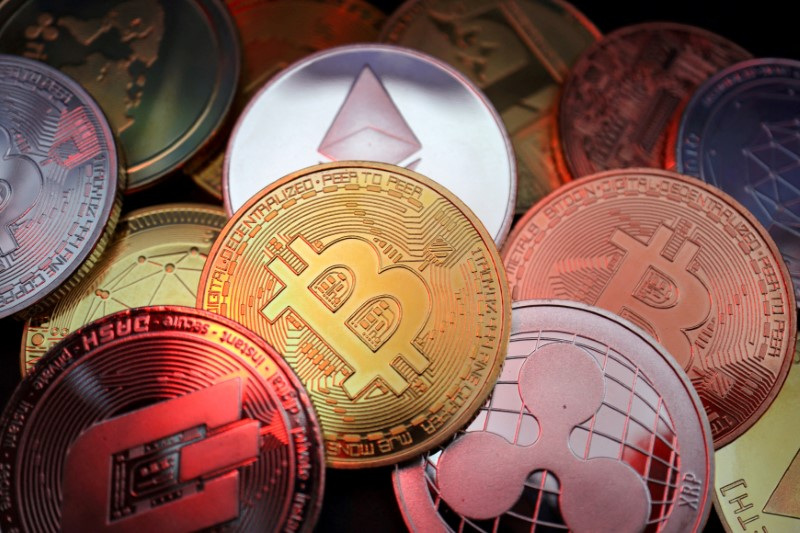
By Jonathan Stempel
NEW YORK (Reuters) - The U.S. Securities and Exchange Commission on Monday sued the cryptocurrency company NovaTech and its married co-founders, saying they fraudulently raised over $650 million from more than 200,000 investors worldwide, including many Haitian-Americans.
NovaTech and co-founders Cynthia and Eddy Petion allegedly promised investors their money would be safe, with Cynthia Petion assuring they would be "in profit from day one."
The SEC said the Petions instead used new money mainly to repay earlier investors and pay commissions to promoters, while siphoning millions of dollars for themselves. It said the scheme lasted for four years until NovaTech's May 2023 collapse.
Monday's lawsuit in Miami federal court came two months after New York Attorney General Letitia James sued NovaTech and the Petions in a state court in Manhattan, estimating their fraud at more than $1 billion.
The regulators said NovaTech tried to appeal to victims' religious faith through social media, Telegram and WhatsApp, and sometimes in the Haitian Creole language, with Cynthia Petion branding herself "Reverend CEO" and saying NovaTech was "God's vision."
Lawyers for NovaTech and the Petions, who are believed to live in Panama, could not immediately be identified.
Both regulators called the fraud a pyramid scheme, where companies pay bonuses or commissions to recruit new investors.
The SEC also charged six NovaTech promoters with fraud, saying they kept recruiting investors despite "red flags," such as delayed withdrawals and U.S. and Canadian regulatory actions, that raised questions about NovaTech's legitimacy.
One promoter, Martin Zizi, agreed to pay a $100,000 civil fine. His lawyer did not immediately respond to a request for comment.
Both lawsuits seek restitution for victims and civil fines.
The case is SEC v Nova Tech Ltd, U.S. District Court, Southern District of Florida, No. 24-23058.
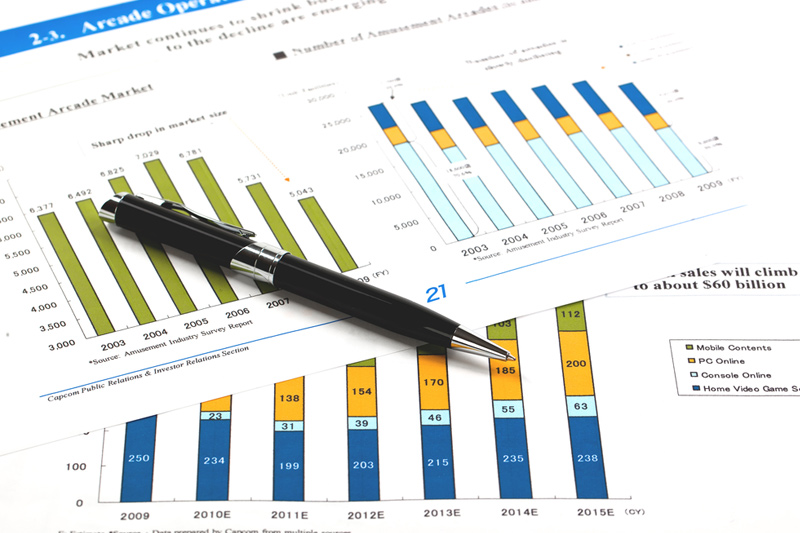
(Reuters) -Credit ratings agency Fitch downgraded Israel's credit rating to "A" from "A-plus" on Monday, citing worsening geopolitical risks as the war in Gaza drags on, and kept the rating outlook negative, meaning a further downgrade is possible.
Israel's war on Gaza, triggered by the Islamist group Hamas-led cross-border attack on Oct. 7, has cost thousands of lives and unfolded into a humanitarian crisis.
"In our view, the conflict in Gaza could last well into 2025 and there are risks of it broadening to other fronts," the ratings agency said in a statement.
"The downgrade following the war and the geopolitical risks it creates is natural," Israeli Finance Minister Bezalel Smotrich said on X.
Fears that the conflict in Gaza could turn into a broader Middle East war have escalated after the killing of Hamas leader Ismail Haniyeh in Iran and top Hezbollah military commander Fuad Shukr in Beirut.
Israel's shekel fell as much as 1.7% against the dollar on Monday and stocks ended over 1% lower in Tel Aviv as investors fret over a possible attack on Israel.
Heightened tensions between Israel and Iran and its allies could imply significant additional military spending, destruction of infrastructure and damage to economic activity and investment, Fitch said.
The ratings agency expects the Israeli government to permanently increase military spending by close to 1.5% of GDP versus pre-war levels as the country strengthens its border defenses.
"Public finances have been hit and we project a budget deficit of 7.8% of GDP in 2024 and debt to remain above to 70% of GDP in the medium term," Fitch said. It forecast the country's debt will remain on an upward trend beyond 2025 if higher military spending and economic uncertainties continue.
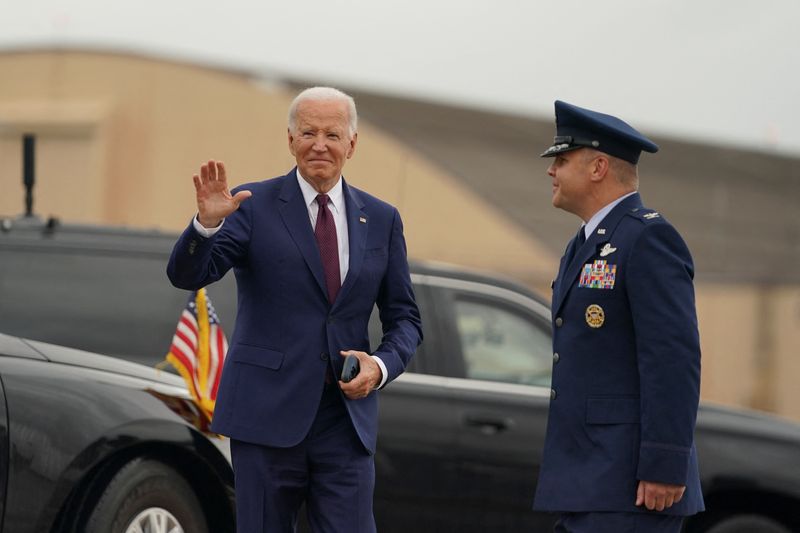
By Costas Pitas and Trevor Hunnicutt
WASHINGTON (Reuters) - U.S. President Joe Biden supports the idea of eliminating taxes on tips for service and hospitality workers, the White House said on Monday.
"Absolutely," said White House spokesperson Karine Jean-Pierre, asked at a briefing if Biden would sign legislation doing so were it passed by Congress. "This is something that the president supports. He supports eliminating taxes on tips for service and hospitality workers," as well as raising the minimum wage.
The statement came after Vice President Kamala Harris, the Democratic presidential candidate, said in Nevada on Saturday that she supported eliminating taxes on tips, taking a similar position to her rival Donald Trump in an effort to win over service workers.
That group is a large and politically influential constituency in the state, which is expected to be closely contested in the 2024 election.
Support for the policy marks a rare area of agreement between the two major party's presidential candidates.
Harris' version of the proposal - exempting tip income from federal income taxes and raising the minimum wage - could increase deficits by $100 billion to $200 billion or more over 10 years, according to the Committee for a Responsible Federal Budget.
Some 2.2 million Americans worked as wait staff in 2022, according to the U.S. Labor Department, many drawing some of their income through tips.
Trump, who told a rally in Las Vegas in June that he would seek to end taxation of income from tips, accused Harris of stealing his policy proposal.
"Kamala Harris, whose 'Honeymoon' period is ENDING... just copied my NO TAXES ON TIPS Policy," Trump said on his Truth Social app. "The difference is, she won’t do it, she just wants it for Political Purposes!"
A Harris campaign official said her proposal would require legislation to be passed by Congress.
"As president, she would work with Congress to craft a proposal that comes with an income limit and with strict requirements to prevent hedge fund managers and lawyers from structuring their compensation in ways to try to take advantage of the policy," the official said.

LONDON (Reuters) -Catherine Mann, an external member of the Bank of England's Monetary Policy Committee, said in a podcast released on Monday that goods and services prices were set to rise again and wage pressures in the economy could take years to dissipate.
Mann voted against this month's cut in interest rates and said in the Financial Times podcast that she put her hawkishness at 7 out of 10, down from 10 out of 10 earlier this year when she voted to raise rates further from their 16-year high of 5.25%.
"There is an upwards ratchet to both the wage setting process and the price process and ... it may well be structural, having been created during this period of very high inflation over the last couple of years," she said.
"That ratchet up will take a long time to erode away," she added.
British inflation returned to its 2% target in May but data this week is likely to show it rose back above it to 2.3% and the BoE has forecast it will reach about 2.75% later this year as the effect of last year's fall in energy prices fades.
Mann said she saw upward pressure on wages from the fact that wages had risen fastest for the lowest paid, compressing pay scales and creating a potential demand over the coming years from better-paid workers to restore the earnings premium they previously enjoyed.
Britain's new Labour Party government has said it will continue the previous Conservative government's goal - achieved last year - of keeping the minimum wage at two thirds of median earnings, one of the highest in the world.
Some businesses too would seek to match competitors' past price rises and solid demand also meant they would feel less pressure to pass on cost savings from recent strengthening of sterling, she added.
Figures out on Monday from the Chartered Institute of Personnel and Development showed that employers expected to raise pay by 3% over the coming year, the lowest amount in two years and below the 4.1% in a similar BoE survey.
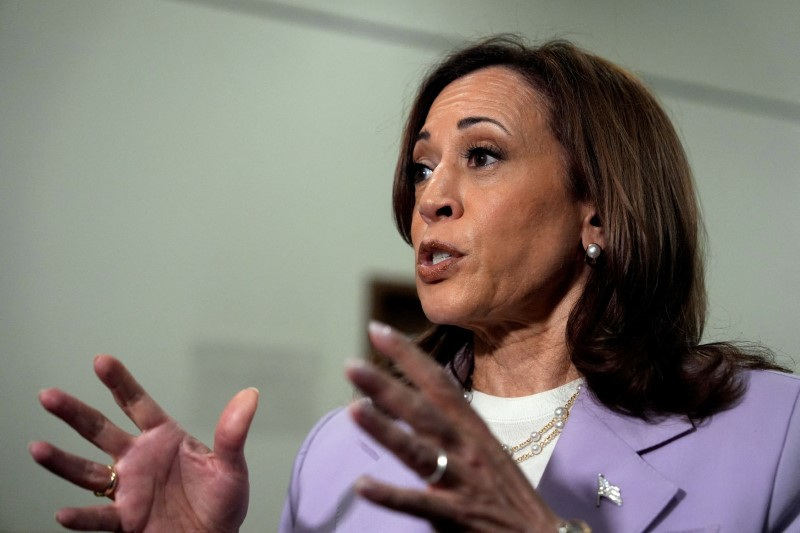
By Jeff Mason
PHOENIX (Reuters) -U.S. Vice President Kamala Harris said on Saturday that she disagreed strongly with rival Donald Trump's views on the Federal Reserve and pledged not to meddle with the central bank if she wins the Nov. 5 presidential election.
Harris's view contrasts sharply with that of the Republican nominee and former president, who on Thursday said that U.S. presidents should have a say over the Fed's decisions.
"The Fed is an independent entity and as president I would never interfere in the decisions that the Fed makes," Harris, the Democratic presidential nominee, told reporters in Phoenix, Arizona.
Harris, speaking before flying to Las Vegas for a campaign rally, said she planned to unveil policy positions next week.
"It'll be focused on the economy and what we need to do to bring down costs, and also strengthen the economy overall," she said.
A jump in the July U.S. unemployment rate reported last week helped to spark a global stock market rout that continued into Monday before equities made a partial recovery. Investors had taken flight because of fears of a potential U.S. recession and that the Fed would need to act aggressively in response.
Asked about those concerns and how the Fed would react, Harris said: "As we know, there was turbulence this week, but it seems to have settled itself. And we'll see what ... decisions they make next."
Trump's comments on Thursday offered the most explicit indication so far of his interest in infringing on the Fed's independence should he regain the White House.
"I feel the president should have at least (a) say" on Fed decisions, Trump told reporters at his Mar-a-Lago residence in Florida.
His comment followed a Wall Street Journal report this spring that said Trump allies have drafted proposals that would attempt to erode the central bank's independence if he wins.
While the Trump campaign distanced itself from the report at the time, his latest remarks indicate that he is squarely aligned with one of the main thrusts of the proposals; that the president should be consulted on interest rate decisions and that Fed banking regulation proposals should be subject to White House review.
Current Fed Chair Jerome Powell, who was appointed by Trump and reappointed by President Joe Biden, is due to serve until May 2026.
Trump repeatedly criticized and commented on the Fed while he was in office, a departure from the practice of other U.S. presidents.
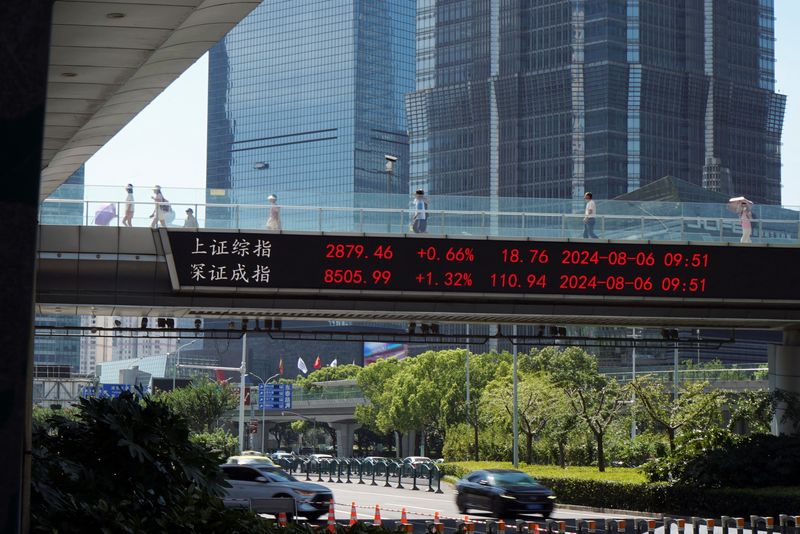
By Wayne Cole
SYDNEY (Reuters) - Asian stocks edged higher on Monday as a holiday in Japan removed one source of recent volatility, and investors hunkered down for major U.S. and Chinese economic data for an update on global growth prospects.
Key for the Federal Reserve will be U.S. consumer prices on Wednesday where economists look for rises of 0.2% in both the headline and core, with the annual core slowing a tick to 3.2%.
"That would likely bolster the Fed's confidence that disinflation is ongoing, allowing for a rate cut in September, but a core run-rate still above target should also speak against a larger 50bp cut or an intra-meeting cut," said analysts at Barclays in a note.
"Moreover, we expect a robust 0.8% m/m increase in headline retail sales, pointing to continued resilience in the engine of the economy, the consumer, on the back of solid income and wealth fundamentals."
As well as July retail sales, there is data on industrial output and housing starts, along with several surveys on regional manufacturing and consumer sentiment.
The futures market currently implies a 49% chance of the Fed cutting by 50 basis points in September, though that is down from 100% a week ago when Japanese equities went into free fall.
Nikkei futures traded at 35,535 compared with a cash close of 35,025, though they are not quite back at where they were before last week's plunge.
MSCI's broadest index of Asia-Pacific shares outside Japan added 0.6%, led by a 1.6% bounce in Taiwan. Chinese blue chips firmed 0.1%.
EUROSTOXX 50 futures rose 0.5% and FTSE futures 0.4%. S&P 500 futures and Nasdaq futures were a fraction firmer in thin trading. So far, around 91% of the S&P 500 have reported earnings and 78% of those have beaten the Street.
Results from Walmart (NYSE:WMT) and Home Depot (NYSE:HD) this week will offer a snapshot on how U.S. consumers are holding up.
China issues figures on retail sales and industrial production on Thursday, which are expected to show the economy continuing to underperform, underlining the need for more stimulus.
In currency markets, the dollar edged up 0.2% to 146.92 yen, and away from last week's deep low of 141.68, while the euro was steady at $1.0915.
BofA FX strategist Shusuke Yamada thinks the rush to unwind yen carry trades - borrowing at low rates to buy higher yielding assets - has mostly run its course with speculative yen short positions having fallen by 60%.
"Longer-term, structural outflows from corporate foreign direct investment and retail ownership of international equities should drive yen weakness," he adds, and sees the dollar at 155.00 yen by year-end.
Data from the IMM exchange showed net short positions in dollar/yen were down at 11,354 compared with 184,000 in early July.
In commodity markets, gold held at $2,424 an ounce, after dipping slightly last week. [GOL/]
Oil prices inched up, having bounced 3.5% last week as fears of a widening Middle East conflict threatened supplies. [O/R]
Israeli Defense Minister Yoav Gallant spoke on Sunday with U.S. Defense Secretary Lloyd Austin and told him Iran's military preparations suggest Iran is getting ready for a large-scale attack on Israel.
The Pentagon also made the rare decision to publicly report that Austin had ordered the deployment of a nuclear-powered guided missile submarine to the Middle East.
Brent gained 20 cents to $79.86 a barrel, while U.S. crude rose 34 cents to $77.18 per barrel.
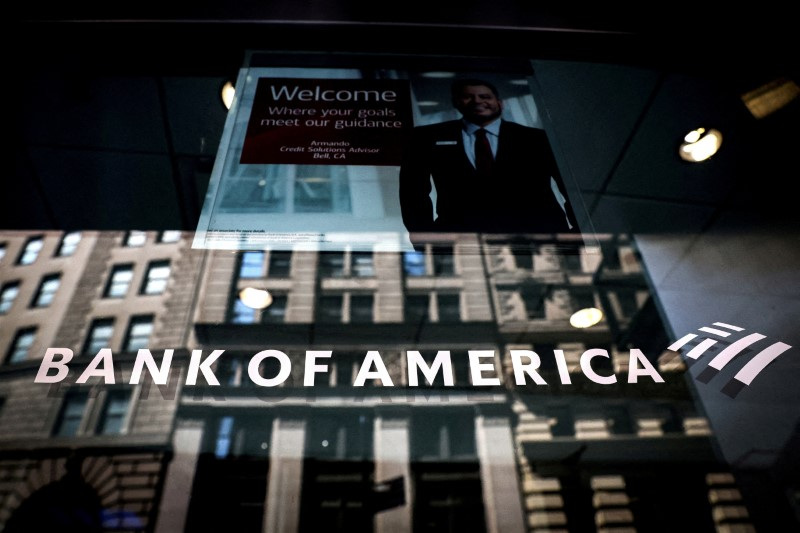
(Reuters) - If the U.S. Federal Reserve does not start cutting interest rates relatively soon, U.S. consumers could become dispirited, Bank of America CEO Brian Moynihan said on Sunday.
At the end of July the Fed kept the policy rate in the same 5.25%-5.50% range it has been for more than a year, but signaled that a rate cut could come as soon as September if inflation continued to cool.
"They've told people rates probably aren't going to go up, but if they don't start taking them down relatively soon, you could dispirit the American consumer," Moynihan told CBS in an interview.
"Once the American consumer really starts going very negative, then it's hard to get them back."
Moynihan, pressed about Republican candidate Donald Trump's statement that presidents should have a say over Fed decisions, said people were free to give Federal Reserve Chair Jerome Powell advice and it was then his job to decide what to do.
"If you look around the world's economies and you see where central banks are independent and operate freely, they tend to fare better than the ones that don't," he said.
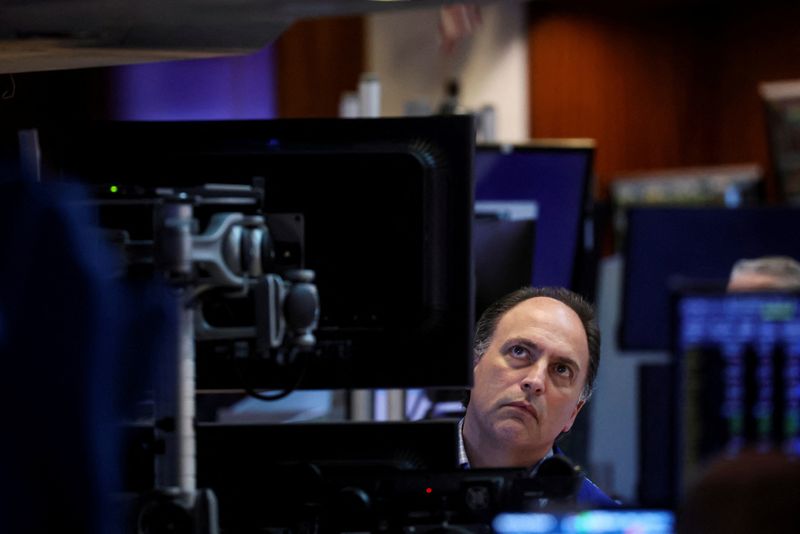
Investing.com -- Investors will be looking at key inflation data on Wednesday for fresh clues on the potential size of an expected September rate cut by the Federal Reserve. Markets look likely to remain volatile, while retail earnings will be watched for clues on the strength of consumer spending. Here's your look at what's happening in markets for the week ahead.
1. CPI data
July CPI data is expected to show that that inflation continued to edge closer to the Fed’s 2% annual target.
A reading that shows only modest cooling could allay fears that the Fed has sent the economy into a tailspin by leaving rates elevated for too long. But a weak report could bolster recession worries, potentially sparking fresh market volatility.
The economic calendar also includes retail sales numbers for July as well as the weekly report on initial jobless claims.
Investors will also get the chance to hear from several Fed officials including Atlanta Fed President Raphael Bostic, Philadelphia Fed President Patrick Harker and Chicago Fed President Austan Goolsbee.
Comments from a trio of Fed policymakers indicated on Thursday that they were more confident that inflation is cooling enough to cut rates.
2. Volatility risk
Investors seem likely to remain on edge in the coming week after last Monday’s stock market dive triggered by a combination of U.S. recession fears and the unwinding of a global yen-funded carry trade.
A bigger-than-expected drop in jobless claims on Thursday indicated that fears over the health of the labor market were overblown, helping markets recover most of their losses by Friday’s close.

